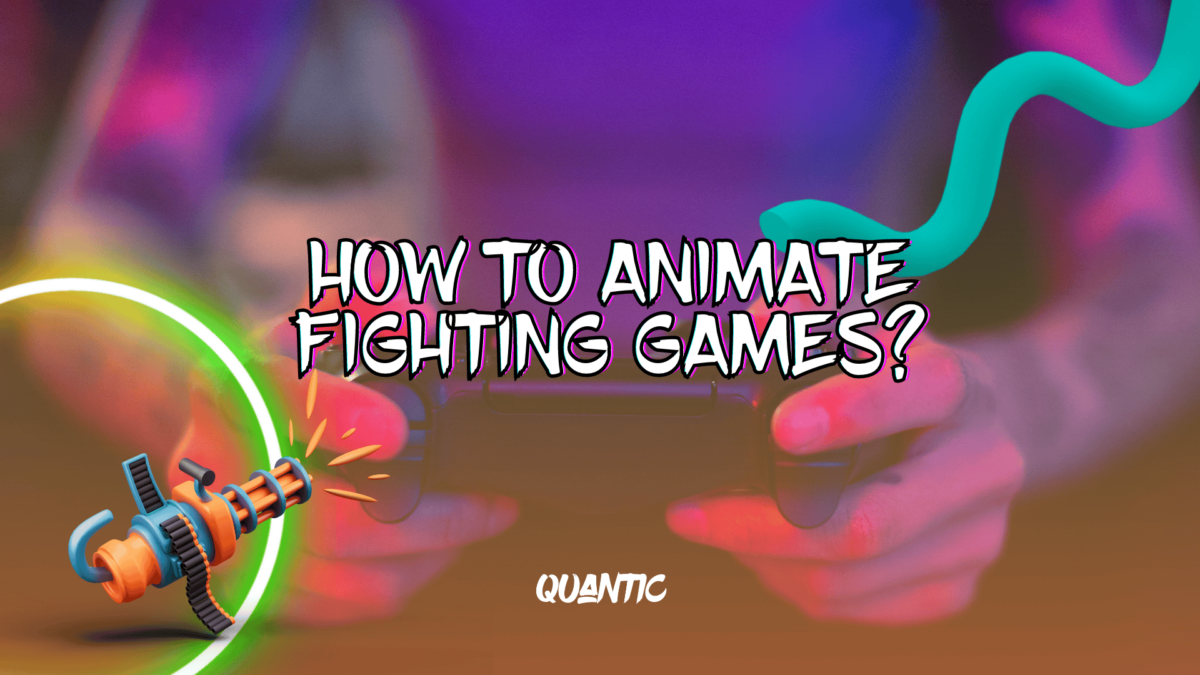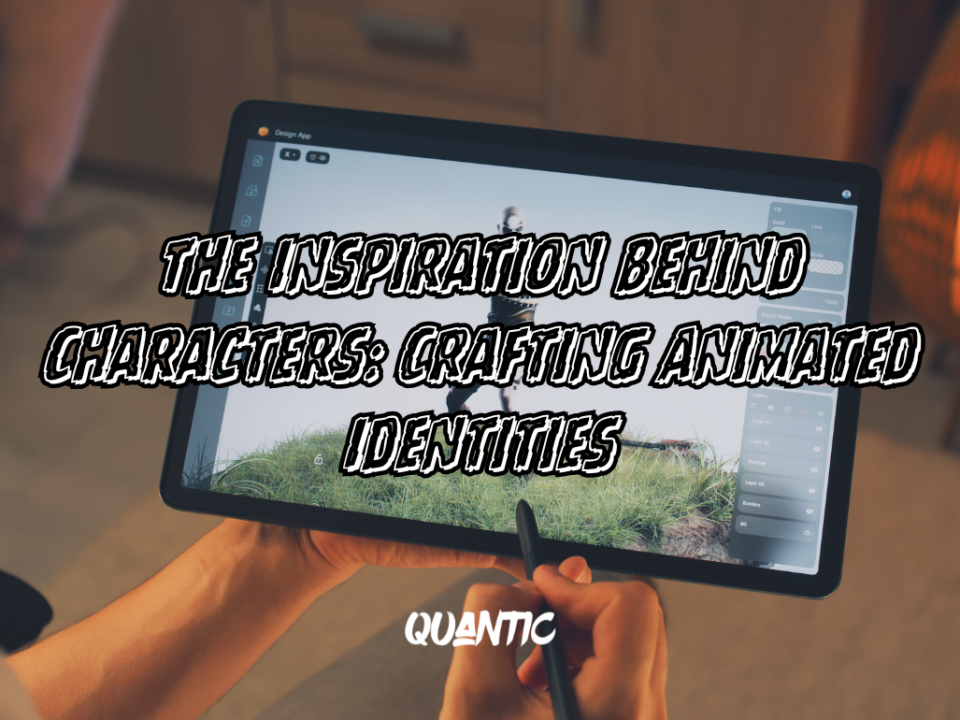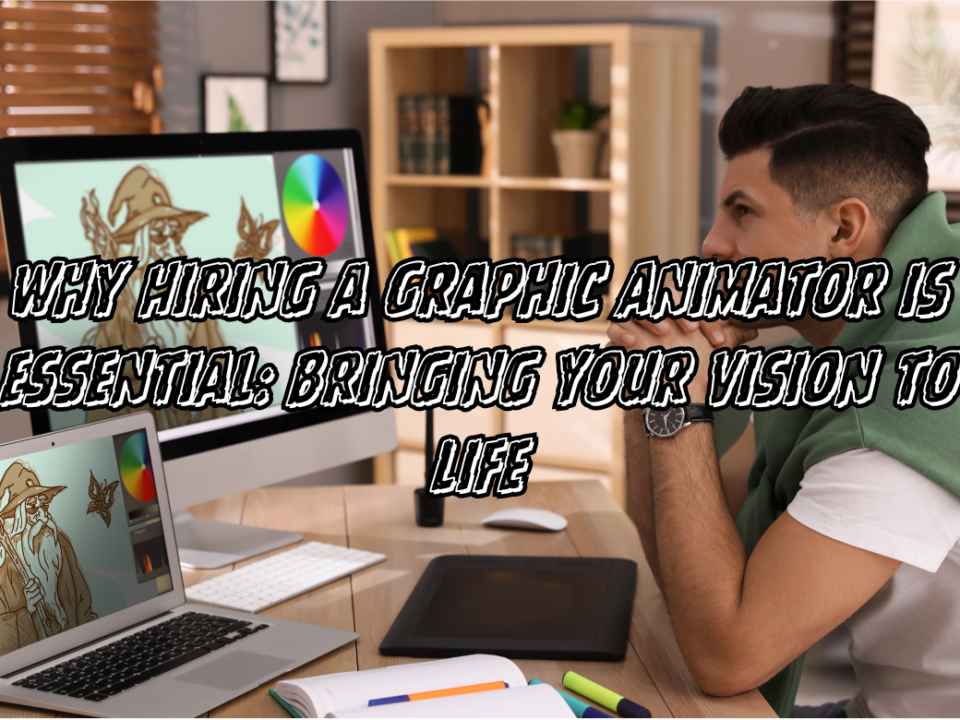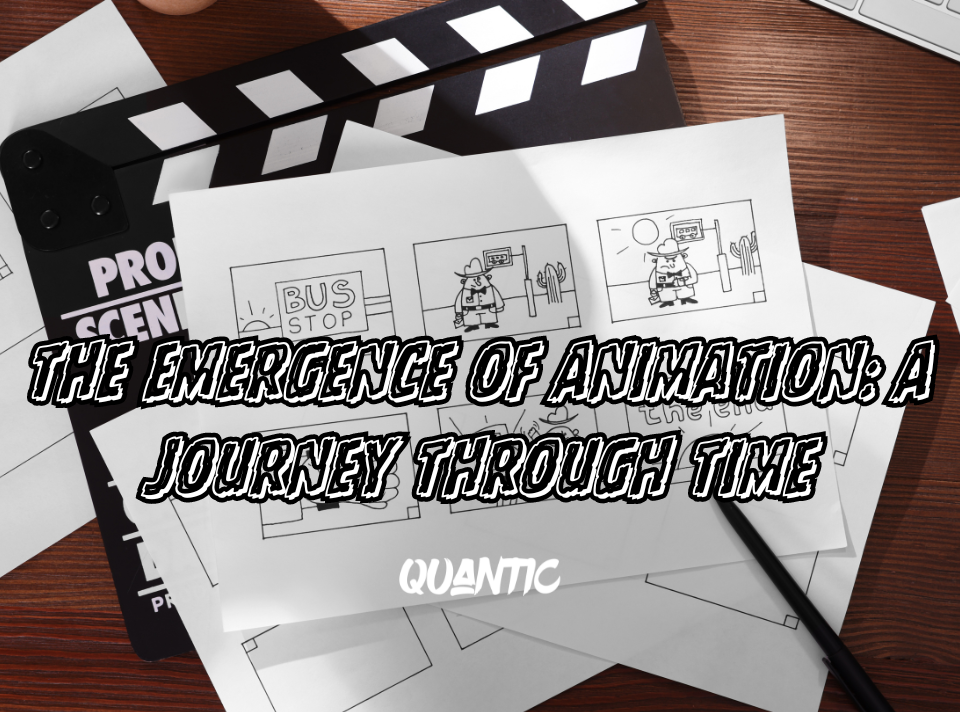
Game development stages – How to organise a professional project
January 30, 2022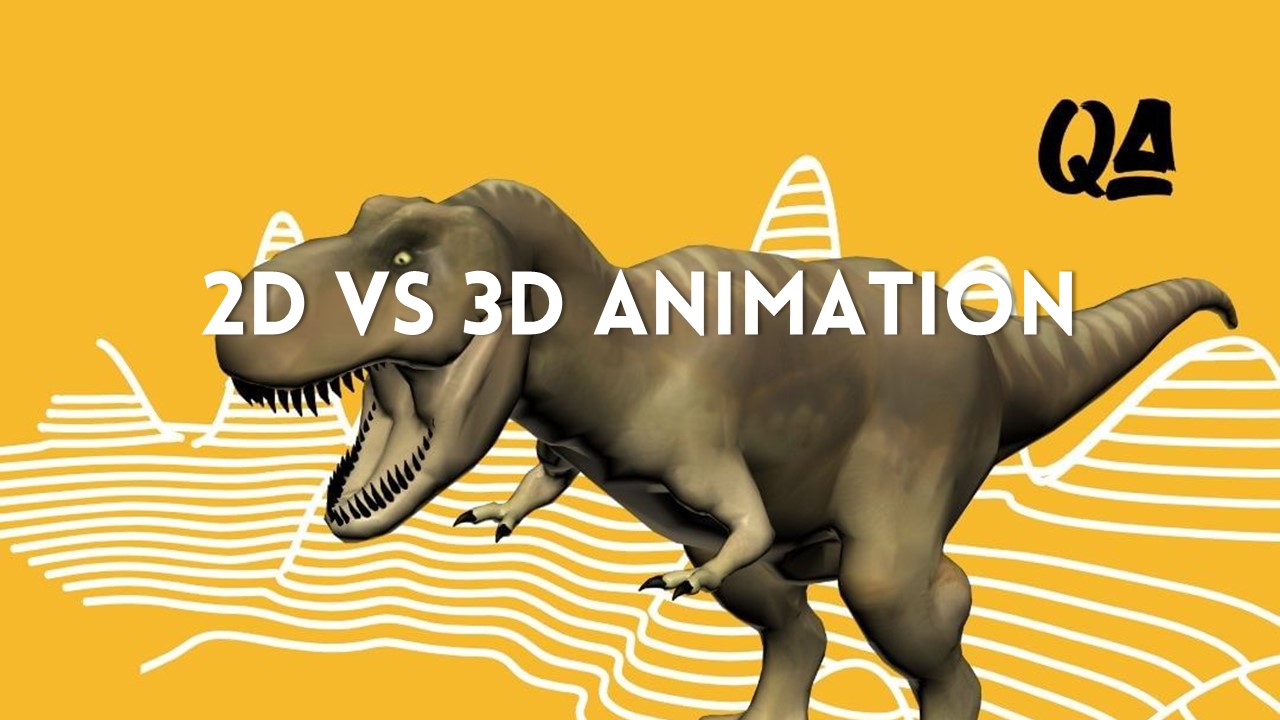
2D vs 3D Animation What are their differences?
March 31, 2022If you are passionate about fighting games, you probably focus on the important thing, which is to defeat the enemy, but you probably have not stopped to think about all the animation techniques that are used in game development to create the actions of the characters of your favourite characters.
Animation consists of a sequence of images that show movement in games. To design any character, you must have knowledge of both anatomy and movement and follow a strategy.
Techniques for animating fighting games
For those of you who are interested in knowing more about animating fighting games, we show you some basic concepts:
- Squash and stretch: It allows us to make the characters perform movements in specific directions.
- Time and spread: Shows the movement in the games. With the spacing we describe the distance of the drawings and with the time, the number of images that we are going to use to animate fighting games.
- Laws of movement: The animators dedicate their efforts to change the movement using the principle of time and space, it is also necessary to keep in mind what the behaviour of a character is going to be, to determine the effects of the game.
- Anticipation, action and reaction: With anticipation, we predict the action that is going to take place, speed and time influence the movements of the characters and objects in the game.
- Exaggeration: Thanks to this technique, we create the essence of the actions so that they seem real. If you want to learn how to animate fighting games, exaggeration helps you to design movements that surprise the players.
- Overlapping action: Describe different body parts and how they should move at different angles.
- Arcs and action paths: The path of actions, is effective with arcs, elements that describe how the characters and objects in the game move.
What are the stages for animating fighting games?
- Research references
- Make the script
- Key poses
- Adding new poses
- Correcting overshoot and overlapping action
- Polishing movements
Skills and tools for animating fighting games
- 2D, 3D, pixel art and isometric projection.
- 2D Animation: Two-dimensional space, contains pre-production, production and post-production.
- 3D Animation: The process of manipulating 3D objects in a three-dimensional space and has the following stages: concept creation, modelling, texturing, editing and rendering.
- Pixel: Creates graphics with a size between 8 bits and 16 bits, its stages are ideation, production and launch.
- Isometric animation: It is the way of orthographic projection that represents three-dimensional objects in a 2D space, its stages are ideation, production and launch.
Many of us love playing this kind of videogames, so it is not surprising that more and more people are interested in knowing how to animate fighting games, first, to know a little more about what is behind the animation of videogames and second, because many of us like to know the tools and techniques used in a game, to have more information about it. We hope that with these concepts you have learned a little more about animation in games and we encourage you to learn more about animation.

